Buy this flower art Fritillary by Jeroen de Jongh Photography on canvas, ArtFrame, poster and wallpaper, printed on demand in high quality.
About "Fritillary"
by Jeroen de Jongh Photography
About the artwork
The wild lapwing flower (Fritillaria meleagris) is a bulbous plant in the lily family (Liliaceae). The flower has purple chequered petals. Sometimes the petals are even creamy white. The plant has a delicate stem with narrow leaves, which die a few months after flowering. The plants take eight years to flower. The seeds are relatively large and disperse floating on water. The plant is therefore dependent on floods and high water levels in winter to spread its seeds.
The wild lapwing flower is a rare bulbous plant found in the wild in the Netherlands, but is also found as a city plant. The plant can also be bought for use in gardens. The main natural growing place of the wild lapwing flower is along the banks of the Overijsselse Vecht and Zwarte Water near Hasselt (Overijssel). About eighty per cent of the Dutch wild lapwing flowers are found here. Traditionally, the lapwing flower was found in areas with clay-on-moorland, especially those areas that were flooded in winter. The plant has a poor resistance to changes in the water table.
The lapwing flower was appreciated as a flower crop early on. Around 1820-1830, so many 'peat tulips' were being picked that people began to realise that this prized wild plant might become extinct. Consequently, the very first nature law enacted in the Netherlands was about protecting the lapwing flower. Still today, this plant is threatened. Now not so much because of excessive picking, but because of excessive manure application. Unlike most flowers, the lapwing flower does not point its flower head towards the sun, but hangs down like a bell, For its pollination, this species depends mainly on large bumblebee species such as the earth bumblebee.

About Jeroen de Jongh Photography
I'm Jeroen, and I'll spare you the long introduction. ;) If you're looking for a landscape photo for your wall, you've come to the right place... Read more…
 Netherlands
Netherlands Ordered in January 2021
Ordered in January 2021
 Netherlands
Netherlands Ordered in March 2022
Ordered in March 2022
 Netherlands
Netherlands Ordered in July 2019
Ordered in July 2019
 Germany
Germany Ordered in August 2025
Ordered in August 2025
 Germany
Germany Ordered in June 2025
Ordered in June 2025
 Netherlands
Netherlands Ordered in November 2023
Ordered in November 2023
 Netherlands
Netherlands Ordered in August 2021
Ordered in August 2021
 Netherlands
Netherlands Ordered in August 2021
Ordered in August 2021
 Netherlands
Netherlands Ordered in August 2019
Ordered in August 2019
 Germany
Germany Ordered in November 2020
Ordered in November 2020
 Netherlands
Netherlands Ordered in July 2019
Ordered in July 2019
 Netherlands
Netherlands Ordered in February 2021
Ordered in February 2021
About the material
ArtFrame™
Interchangeable Art Prints
- High-quality print
- Easily interchangeable
- Acoustic function
- Large sizes available
Discover the artworks of Jeroen de Jongh Photography
 Full moon at the flower marketJeroen de Jongh Photography
Full moon at the flower marketJeroen de Jongh Photography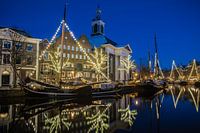 Lange HavenJeroen de Jongh Photography
Lange HavenJeroen de Jongh Photography Scheveningen PierJeroen de Jongh Photography
Scheveningen PierJeroen de Jongh Photography Lighthouse StavorenJeroen de Jongh Photography
Lighthouse StavorenJeroen de Jongh Photography April 25th BridgeJeroen de Jongh Photography
April 25th BridgeJeroen de Jongh Photography OosterdokJeroen de Jongh Photography
OosterdokJeroen de Jongh Photography Climb to the lightJeroen de Jongh Photography
Climb to the lightJeroen de Jongh Photography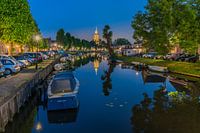 MonnickendamJeroen de Jongh Photography
MonnickendamJeroen de Jongh Photography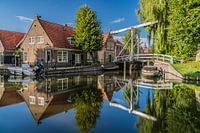 Zonnepad MonnickendamJeroen de Jongh Photography
Zonnepad MonnickendamJeroen de Jongh Photography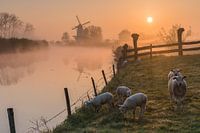 Mill de Vlinder on a misty morning in the BetuweJeroen de Jongh Photography
Mill de Vlinder on a misty morning in the BetuweJeroen de Jongh Photography Town Hall of Gouda at the MarketJeroen de Jongh Photography
Town Hall of Gouda at the MarketJeroen de Jongh Photography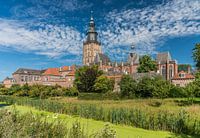 Swans at the skyline of ZutphenJeroen de Jongh Photography
Swans at the skyline of ZutphenJeroen de Jongh Photography Quiet autumn morning in the park of Groeneveld CastleJeroen de Jongh Photography
Quiet autumn morning in the park of Groeneveld CastleJeroen de Jongh Photography Magical sunrise at the Amstelveense PoelJeroen de Jongh Photography
Magical sunrise at the Amstelveense PoelJeroen de Jongh Photography Sunrise in the cherry blossom park of the Amsterdamse BosJeroen de Jongh Photography
Sunrise in the cherry blossom park of the Amsterdamse BosJeroen de Jongh Photography Sunset at the IJmuiden PierJeroen de Jongh Photography
Sunset at the IJmuiden PierJeroen de Jongh Photography Hoorn's Hoofdtoren in the mistJeroen de Jongh Photography
Hoorn's Hoofdtoren in the mistJeroen de Jongh Photography Rocking in foggy RansdorpJeroen de Jongh Photography
Rocking in foggy RansdorpJeroen de Jongh Photography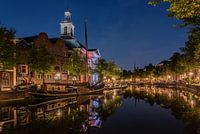 Peace and quiet at Schiedam's Lange HavenJeroen de Jongh Photography
Peace and quiet at Schiedam's Lange HavenJeroen de Jongh Photography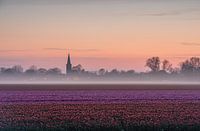 Tulip field, fog bank, church, colourful horizonJeroen de Jongh Photography
Tulip field, fog bank, church, colourful horizonJeroen de Jongh Photography
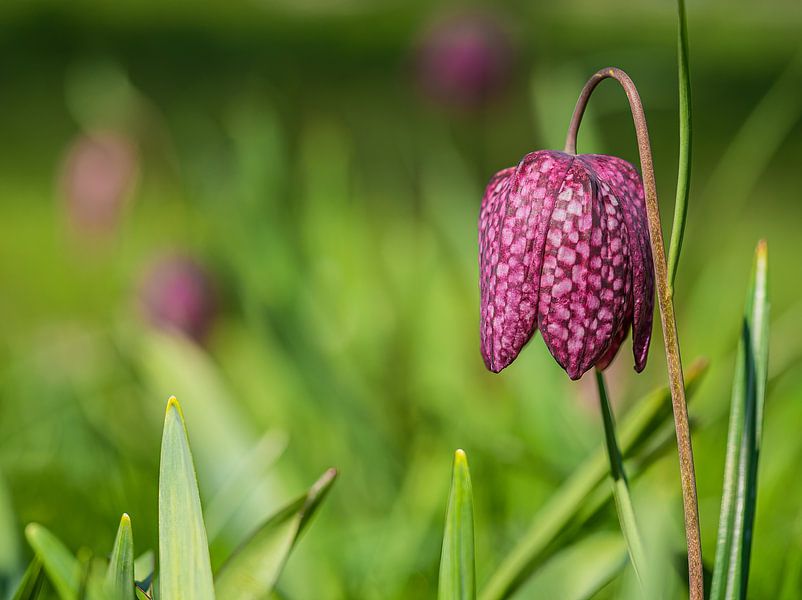












 Amsterdam
Amsterdam Europe
Europe Flowers
Flowers Gentle Whispers
Gentle Whispers Macrophotography
Macrophotography Mysterious Spheres
Mysterious Spheres North Holland
North Holland Photo wallpaper
Photo wallpaper Photography
Photography The Netherlands
The Netherlands









